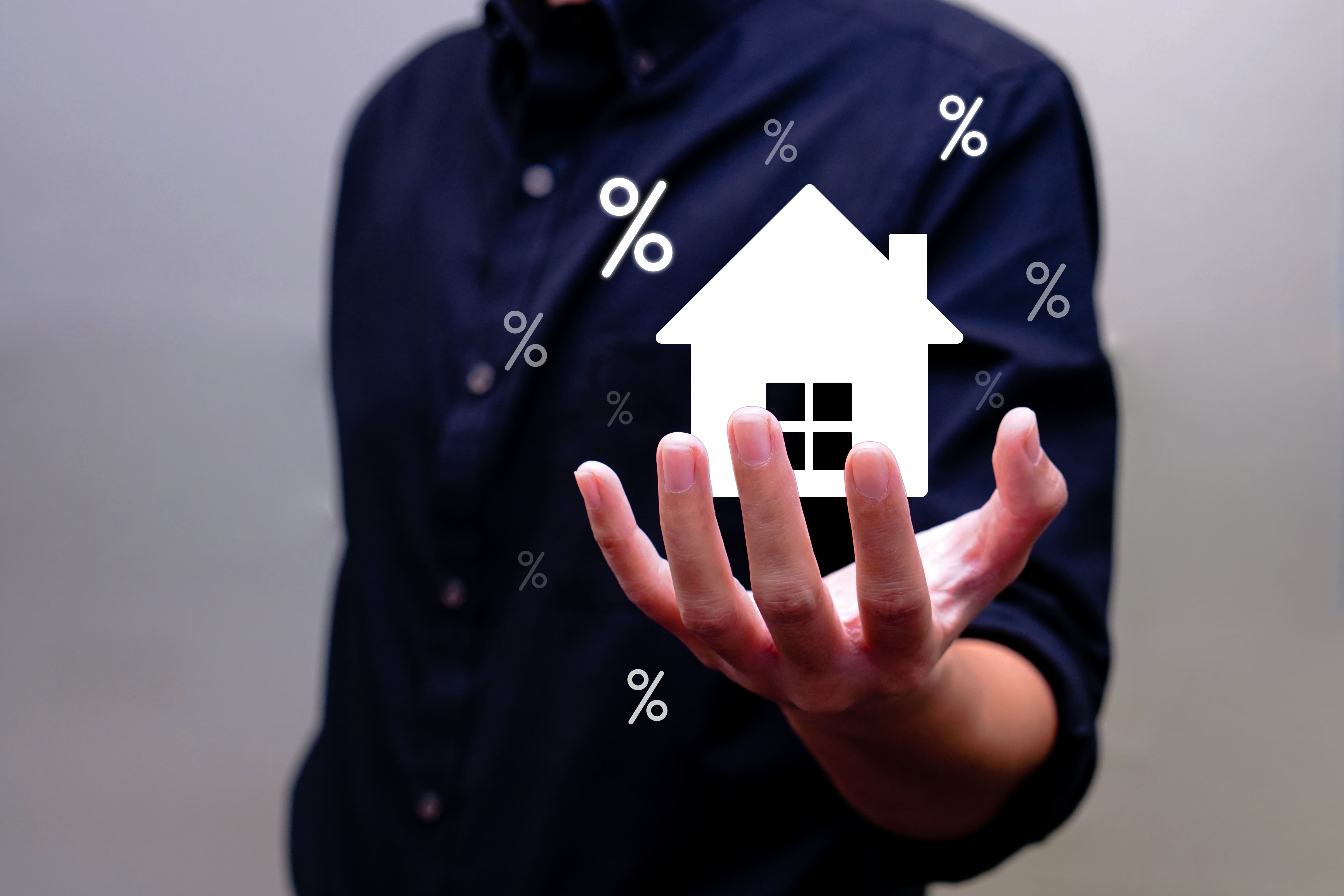Why your EMI goes up or down when RBI makes a move — and what you can do about it
If you’ve been hearing about the RBI increasing or decreasing the “repo rate” and wondering why your home loan EMI suddenly changes — you’re not alone.
Many home loan borrowers in India are surprised when their monthly EMI amount rises without warning. But this isn’t random — it’s directly linked to something called the RBI repo rate.
In this blog, let’s break it down in simple words: What is the repo rate, how does it affect your home loan EMI, and what can you do about it?
What is the RBI Repo Rate?
The repo rate is the interest rate at which the Reserve Bank of India lends money to commercial banks.
Think of it this way — if RBI raises the rate at which banks borrow money, banks will, in turn, raise the rate at which they lend to you. And if RBI cuts the repo rate, banks can afford to reduce interest rates on your loans too.
So, the repo rate is like the master control switch for loan interest rates across the country.
How Does the Repo Rate Affect Your Home Loan?
Most new home loans today — especially those with floating interest rates — are linked to the repo rate through what’s called the RLLR (Repo-Linked Lending Rate). This means your loan interest rate moves up or down as the repo rate changes.
Let’s say:
- Your home loan interest rate = Repo Rate + Bank’s Margin
- If repo rate = 6.5% and margin = 2%, your loan rate is 8.5%
- If RBI increases repo rate to 7%, your new rate becomes 9% — and your EMI rises
On the flip side, when RBI cuts the repo rate, your EMI may reduce. This is why your monthly instalment is not always fixed when you’re on a floating interest rate.
Real-Life Example: EMI Changes After a Repo Hike
Imagine you have a ₹30 lakh home loan with a floating rate of 8.5%. Your monthly EMI is around ₹26,000.
If RBI hikes the repo rate by 0.50%, your new rate becomes 9%. Your EMI may go up to ₹27,000 or more — depending on your loan tenure.
That’s an extra ₹12,000–₹15,000 per year. Over the life of the loan, that adds up.
Should You Worry About Rate Hikes?
Not necessarily — but it helps to be prepared.
Repo rates change based on India’s economic health, inflation, and RBI’s monetary policy. In recent years, we’ve seen both sharp increases and slowdowns. If you’re on a floating rate, your EMI will reflect these shifts.
But the good news? These changes also bring down EMIs when repo rates fall — giving you the chance to save when the economy improves.
Fixed vs Floating: Is Now the Time to Switch?
If you’re worried about rising EMIs due to repo hikes, you might wonder: Should I switch to a fixed rate loan?
Here’s the thing: fixed rates give you peace of mind — your EMI stays the same even if repo rates go up. But they usually start higher than floating rates, and don’t drop if repo rates fall.
Switching may be worth it if you’re in a rising rate cycle and want to lock in your EMI. But it’s best to compare offers and speak with your lender.
How to Manage Your EMI When Rates Rise
If you’re seeing your EMI increase after an RBI announcement, here are some smart steps you can take:
- Use an EMI calculator (like Easy Home Finance’s tool) to understand your new repayment amount
- Make part-prepayments if you can — this lowers your principal and reduces interest
- Extend your loan tenure to reduce the monthly EMI burden
- Check if you can refinance or transfer your loan to a lender offering better terms
- Talk to your lender — sometimes, a simple restructure request can help during tough times
Final Thoughts: Be Informed, Not Alarmed
RBI repo rate changes may sound like complex economic news — but they directly affect your wallet if you have a home loan.
By understanding how repo rate and EMI are linked, you can make better decisions — whether that’s preparing for higher payments, switching rate types, or choosing the right time to prepay.
At Easy Home Finance, we help you stay ahead with tools like our EMI calculator, expert support, and flexible digital loans that adjust with your needs — not just the market.
Want to know how a repo rate change might affect your EMI?
Try our smart EMI planner and stay prepared. It’s fast, free, and 100% paperless.
Let’s help you stay in control of your home loan — no matter what the RBI decides next.
Want to Begin?
Apply for a Home Loan with Easy Home Finance : https://easyhomefinance.in/site/apply
Check Your Eligibility Instantly : https://easyhomefinance.in/loan
Learn More About Our 100% Digital Process : https://www.easyhomefinance.in









Leave a Comment